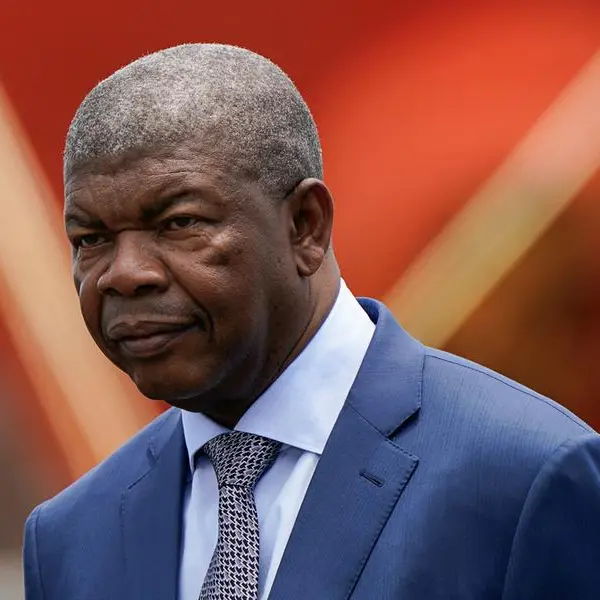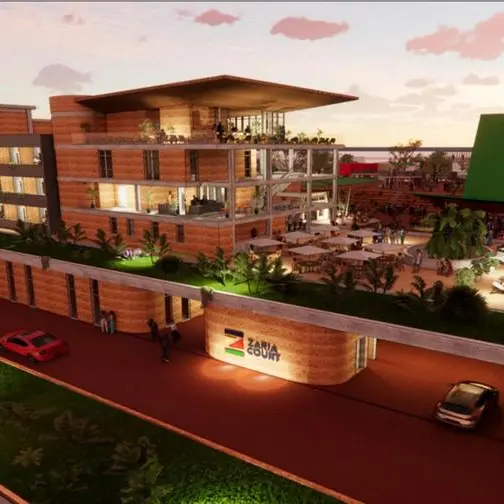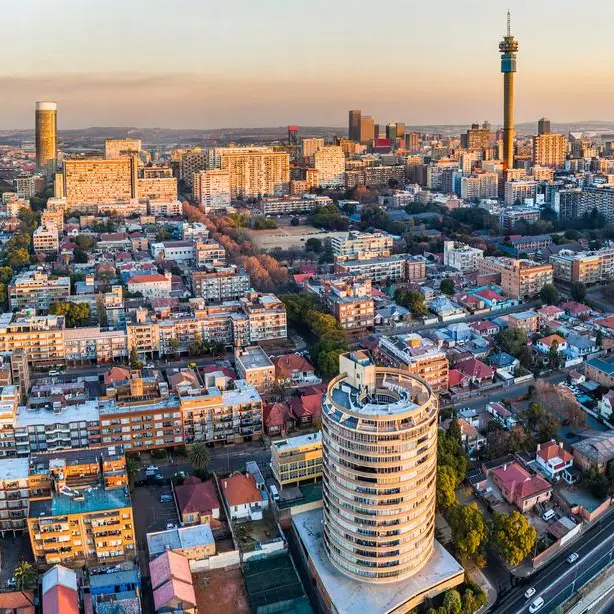PHOTO
South Africa's Minister of Electricity and Energy, Dr Kgosientsho Ramokgopa, outlined key actions his department is taking to tackle the ongoing electricity crisis in a recent media briefing. “We have reached those conditions of… significant inequality (where) the poor are finding it very difficult, and their disposable income is eroded,” he lamented. Under his leadership the newly formed department is committed to expanding “energy access parity” and ensuring affordability for all South Africans.
A central focus of the plan involves collaborating with the National Energy Regulator of South Africa (Nersa) to establish a more equitable and transparent pricing structure.
Ramokgopa stressed that Nersa plays an “indispensable” role in protecting consumers and ensuring a “rules based” approach to tariffs.
He reassured the public that the government will "work with Nersa" to achieve a “tariff framework that takes care of the interest of the poor (and) the marginalised.”
Ramokgopa directly addressed concerns regarding recent electricity price hikes, particularly the controversial service charge implemented by some municipalities.
He acknowledged the widespread "uproar" over these increases, saying that "it's important that we resolve the problem."
However, he cautioned against public disputes, stating, “For us, it’s not to ventilate these issues in public.”
Six-point plan
Ramokgopa highlighted six key areas requiring immediate attention, including:
• A comprehensive review of Eskom's distribution tariffs and the National Treasury's electricity subsidy framework.
• An overhaul of the basic electricity subsidy to ensure it reaches intended beneficiaries.
• Reforms to distributed generation regulations to promote localised energy solutions.
• Revision of the annual tariff increase methodology to reflect the evolving energy landscape.
• Implementation of an integrated national subsidy framework to ensure fairness and prevent unintended cross-subsidisation.
• Addressing the needs of the estimated 14% of households lacking grid connection by exploring off-grid solutions.
The minister stressed the importance of aligning electricity pricing with the true cost of generation and distribution, while also ensuring affordability for low-income households.
Striking a balance
"We want to strike a balance between providing affordable electricity tariffs for low-income consumers… and a cost-reflective tariff for all other consumers," Ramokgopa explained.
This will involve a "correct separation and structuring of network, retail, and energy costs" within the tariff system.
He expressed confidence that by working together with Eskom, Nersa, municipalities, and communities, a sustainable solution can be found.
All rights reserved. © 2022. Bizcommunity.com Provided by SyndiGate Media Inc. (Syndigate.info).























